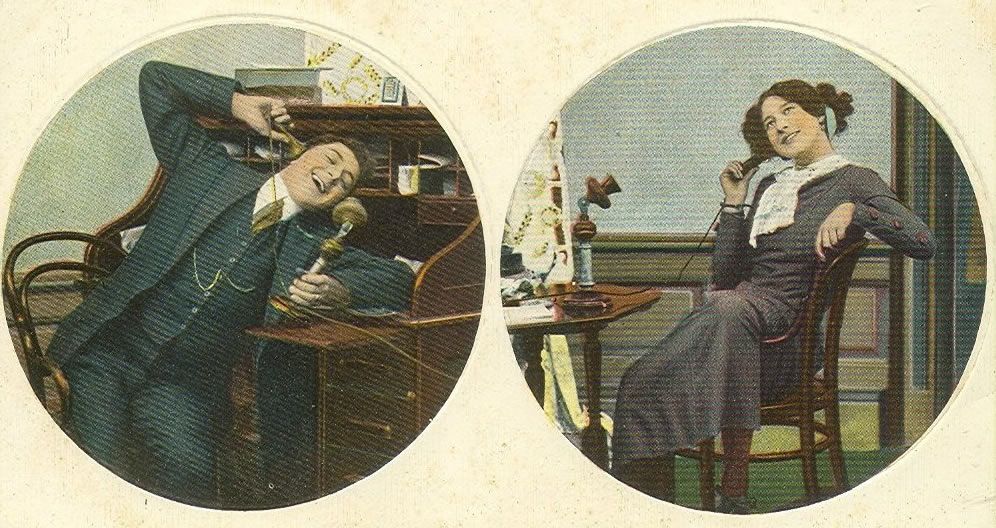Historical Telephone Interpretation

In general, the official advent of telephonic interpretation is believed to have occurred in Australia, where the sheer volume of land created a need. In 1973, the 24-hour Emergency Telephone Interpreting Service was created by the Department of Immigration, and it provided interpreting in eight languages. Other countries were somewhat slower to adopt an official telephonic interpreting service. For instance, the United States did not have one until the mid-80s, when a private company founded the AT&T Language Line.
These momentous beginnings, however, do not take into account the telephone interpretation that had been happening for 50 years prior to Australia's bold advance.
December 24, 1927
In Pierre, South Dakota, Dr. J.J. Mertens, a World War I veteran, was able to help a French veteran who was stranded in Gettysburg by calling a friend 20 miles away to act as an interpreter. The Frenchman was taken to Mertens, who spoke some French but not enough to follow the rapid speech of the native speaker. Mertens recalled a friend who was truly fluent, called him on the telephone, and handed the phone to the Frenchman, who told the speaker his troubles. The stand-in interpreter then reported to Mertens what the Frenchman had said, and the doctor helped the man onto his destination.
February 11, 1928
The extension of radio-telephonic service to Germany was marked by a conversation between New York's Mayor Walker and Herr Lokar, editor-in-chief of the Lokal Anzeiger in Berlin. The American Telephone and Telegraph Company and the European Government provided the service by radio circuit. The conversation reportedly cost a rate of $82.50 for every three minutes. Also on the line was an interpreter who listened from another instrument and translated most of the conversation for Walker and Lokar.
January 28, 1937
Although not a case of an interpreter being present by phone, a news story in the January 28, 1937 issue of The Winnepeg Tribune is remarkable because the author bemoaned the lack of a telephone interpreter — a call between London and Louisville, Kentucky. The author notes: "The Englishman speaks little American, the American speaks no English."
November 18, 1938
According to reports from the International Telephone and Telegraph Company, the Peruvian Telephone Company was to provide "extensive speech-translation and [a] public-address system" for delegates attending the Pan American Conference in Lima. The system was set-up to accommodate four languages: English, Spanish, Portuguese, and French. The arrangement most closely resembled contemporary simultaneous interpreting.
December 6, 1946
Court interpreters have a number of challenges unique to their jobs, but what if they had to be telephone interpreters on top of that? The Queens County Court found themselves in trouble because although they had a switchboard, they had no official operator. Alfred Della Bovi, an interpreter in court and by phone, was unofficially the operator. In one instance when he took sick leave, no one worked the phone, leaving the court without incoming or outgoing calls and without a phone interpreter.
There may not have been a large scale telephone interpreting service until the 70s, but the practice of interpreting via telephone dates back to the advent of the telephone. As it grew to connect countries speaking different languages, the need for interpreters grew.
Telephone interpretation is easier than ever thanks to Ablio. We offer a number of services that address all of your telephone interpretation needs. Complete the simple sign-up process today!
Image courtesy of Wikimedia Commons
Using state-of-the-art IT & telecommunication technologies, ablio makes language interpretation services easily available to everyone, in any context, by creating tools and service platforms that are supported by its own community of live interpreters.
For further information please visit our websites:
● ablio.eu – General Website
● ablio.com – OPI Platform
● ablioconference.com – Simultaneous Interpreting Platform

